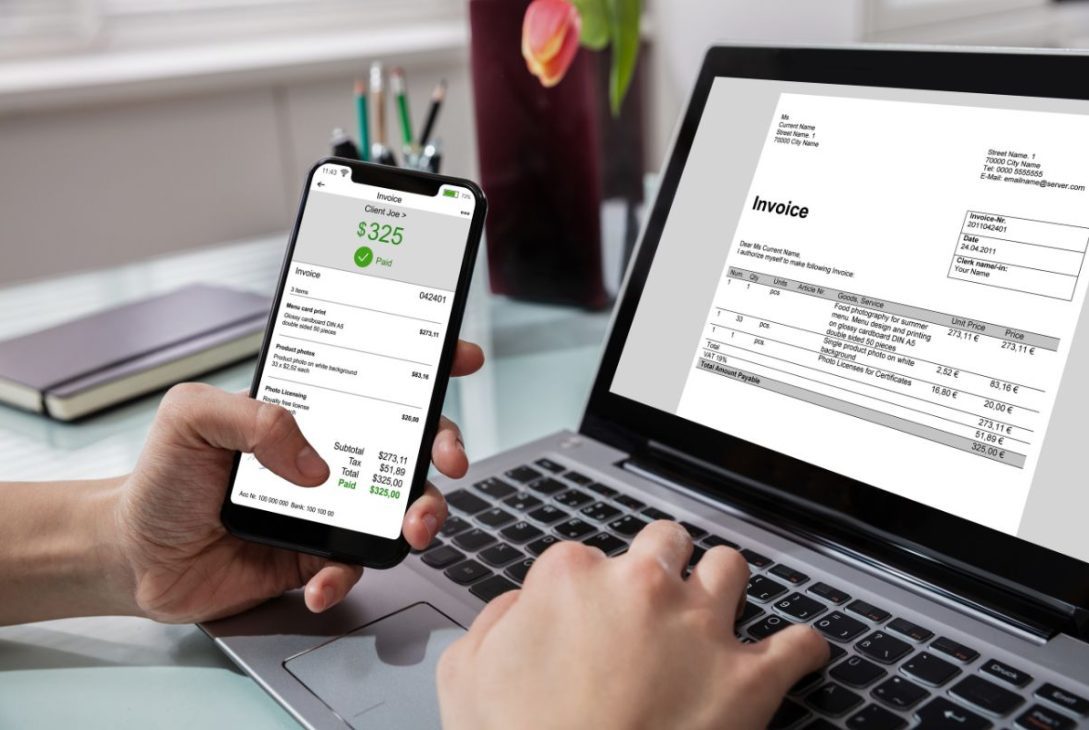Small and medium-sized enterprises across Canada and the United States are confronting a growing challenge: the inefficiencies and costs associated with manual invoicing. In today’s competitive landscape, financial managers and business owners alike are seeking solutions that deliver accuracy, speed, and clear visibility into cash flow. Invoice automation and accounts payable (AP) platforms now offer a strategic alternative to legacy paper based processes. This article provides an authoritative overview of how automation is reshaping billing efficiency and why adopting the right technology is imperative for enterprises of all sizes.
The Scope of Manual Invoicing Fatigue
Manual invoicing characterized by data entry, paper approvals, and ad hoc spreadsheet reconciliation imposes significant burdens on finance teams. Industry studies report that over 60 percent of AP professionals still rely heavily on spreadsheets and manual workflows to process invoices each month. This dependence results in:
- High Error Rates: Transcription errors and mis matched line items trigger payment delays and vendor disputes.
- Extended Processing Times: Routine tasks can consume more than half of a clerk’s week, delaying payment cycles and affecting supplier relationships.
- Limited Cash Flow Visibility: Without real time dashboards, predicting payment obligations and available liquidity becomes a guessing game.
- Escalating Labor Costs: Hiring additional staff to manage peak invoice volumes increases overhead and diverts resources from strategic finance functions.
These pain points extend across industries, from professional services firms in Toronto to manufacturing operations in Ohio. The result is a universal call for automation to replace manual workloads with configurable, technology driven workflows.
Key Benefits of Invoice Automation
Enterprise grade AP automation platforms deliver measurable improvements in invoice processing efficiency. The following benefits underscore the strategic value of automation for small and medium businesses:
- Enhanced Accuracy
Advanced optical character recognition (OCR) captures invoice data directly from digital or scanned documents. Automated matching against purchase orders and goods receipts reduces the risk of duplicate or incorrect payments. Organizations that implement OCR enabled automation report up to a 90 percent reduction in data entry errors. - Accelerated Approval Cycles
Automated approval routing ensures that invoices are delivered to the appropriate stakeholders based on configurable rules, department, invoice amount or project code. Notifications via email or mobile applications shorten approval times from days to mere hours. - Robust Audit Trails
Every stage of the invoice lifecycle, submission, approval, exception handling and payment execution, is logged in a secure, immutable trail. This level of transparency supports regulatory compliance, internal controls and external audits without extensive manual documentation. - Strategic Cost Reductions
By reducing the labor hours devoted to low value transactional tasks, businesses can realize processing cost savings of up to 70 percent. These savings enable finance teams to reallocate resources toward vendor negotiations, financial forecasting and value added analysis. - Real Time Financial Insight
Cloud based dashboards provide up to the minute visibility into pending liabilities, payment schedules and budgeting forecasts. Finance leaders can make informed decisions regarding early payment discounts, working capital optimisation and cash reserve management.
Implementation Considerations for SMEs
While the benefits of automation are clear, small and medium enterprises must address several considerations to ensure smooth deployment:
- Integration with Existing Systems
Look for AP platforms offering prebuilt connectors for popular accounting suites such as QuickBooks Online, Xero and Sage Intacct. Plug and play integration minimizes IT overhead and accelerates time to value. - Scalable Pricing Models
Choose solutions with tiered subscription plans that align with invoice volume. This prevents over investment and enables predictable budgeting as transaction volumes grow. - User Friendly Interfaces
For teams with limited technical resources, intuitive dashboards and self service configuration are vital. A well designed user experience reduces training requirements and accelerates user adoption. - Security and Compliance
Verify that the vendor maintains SOC 2 Type II certification, end to end encryption and role based access controls. In cross border operations, ensure multi currency support and compliance with regional tax regulations such as GST, HST and U.S. sales tax. - Change Management
Effective communication and structured training programs are critical. Engage finance staff early, designate process champions and solicit feedback to refine workflows and rules post implementation.
Case Studies in North America
Manufacturing Supplier in Ontario
A mid sized Ontario manufacturer processed over 2 000 vendor invoices monthly. Manual entry errors led to frequent vendor disputes and credit holds. After deploying an AI powered AP automation solution, the company reduced invoice processing time by 65 percent and eliminated 85 percent of data entry errors within six weeks. Finance staff were redeployed to strategic tasks, such as cost analysis and supply chain optimization.
Healthcare Network in Texas
A regional healthcare network struggled with duplicate payments and late charges due to manual approval bottlenecks. Implementing an automated workflow platform integrated with their enterprise resource planning (ERP) system resulted in a 50 percent reduction in late payment penalties and a 30 percent improvement in reconciliation speed. The finance leadership now leverages real time analytics to forecast equipment maintenance costs more accurately.
Professional Services Firm in Illinois
A consultancy firm in Chicago dealt with fluctuating invoice volumes tied to project milestones. Manual processes caused month end backlogs and delayed client billing. By adopting a cloud native OCR and workflow solution, the firm accelerated invoice approval cycles by 70 percent and improved client invoicing accuracy to 99 percent. Partners regained visibility into project profitability and made data driven decisions on resource allocation.
The Role of Artificial Intelligence and Machine Learning
Modern AP automation platforms harness machine learning to refine data capture and exception handling over time. Key AI driven capabilities include:
- Intelligent Document Processing
Automated classification of invoices and extraction of key fields accelerates onboarding of new vendor formats with minimal manual intervention. - Predictive Exception Routing
AI models learn from historical approval patterns to route out of policy invoices directly to the relevant approver, reducing human intervention for routine exceptions. - Spend Analytics
Advanced algorithms identify spending patterns, vendor consolidation opportunities and early payment discount optimization without requiring separate business intelligence tools.
These AI powered features transform AP from a transactional back office function into a strategic driver of financial performance.
Preparing for Future Innovations
As technology evolves, businesses should consider next generation enhancements to their AP automation strategy:
- Blockchain Based Verification
Distributed ledger technology may soon underpin invoice validation, ensuring the immutability of billing records and further reducing fraud risk. - Robotic Process Automation (RPA)
End to end bots will handle increasingly complex workflows, from invoice ingestion to general ledger posting, without manual intervention. - Embedded Finance and Virtual Cards
Integration with corporate card programs will allow automated reconciliation of virtual card payments, further reducing manual effort and improving spend visibility. - Predictive Cash Flow Optimization
Machine learning models will recommend optimal payment schedules to balance working capital needs with early payment discount opportunities.
Manual invoicing fatigue poses a significant risk to operational efficiency, financial accuracy and supplier relationships for small and medium businesses across North America. Invoice automation and AP platforms offer a formal, authoritative solution to these challenges, delivering enhanced accuracy, accelerated approval cycles and strategic insights into cash flow management. By selecting scalable, secure and user friendly technology, enterprises can transform their billing operations, reduce costs and position finance teams as strategic partners in organizational growth. Embracing automation today is essential for maintaining competitiveness and achieving long term financial resilience.









